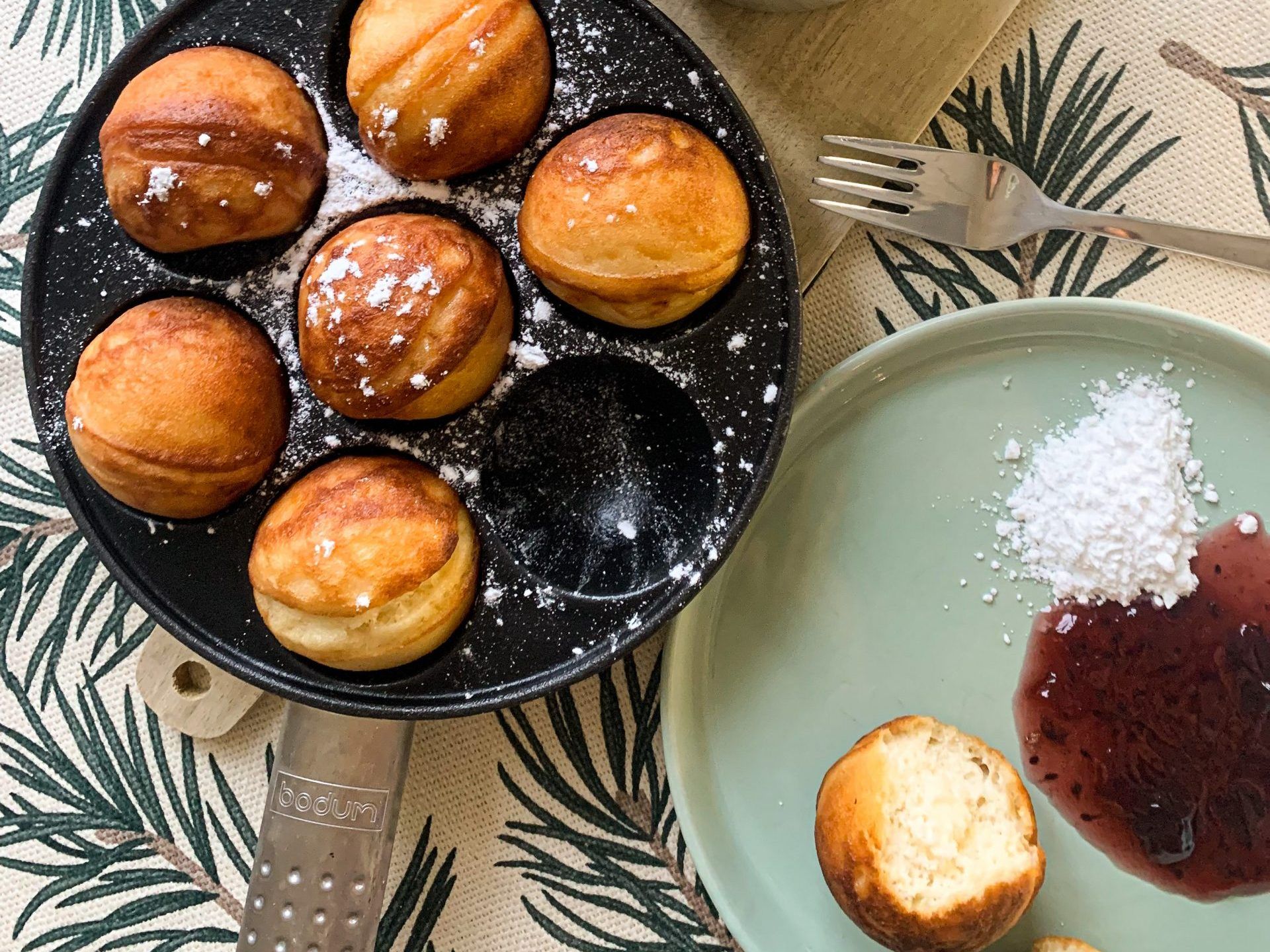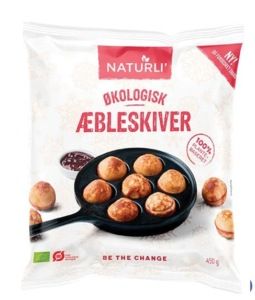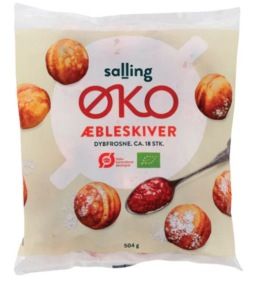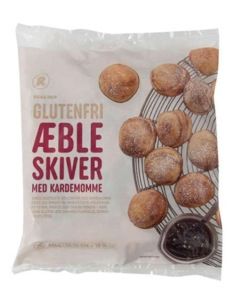Æbleskiver are apple slices if you translate the Danish directly into English … which is a bit confusing. Danish is already not the easiest language, and in this case the translation is not even remotely close!
Tis the season
Æbleskiver – which are in fact slightly cardamom-spiced, ball-shaped pancakes – are a traditional Danish delight found everywhere during the Christmas season. Well, actually supermarkets start to stock them from November! However, some cheeky Danes will tell you that’s too early, as we need to follow the calendar to eat certain foods.
Æbleskiver are best served warm with icing sugar and jam on the side for dipping. It’s a must during the Danish Christmas, but when I ask around where to get the best ones, no-one seems to be able to answer.
So, I decided to try out all the different brands, so you don’t have to!
Best in test!
Before I stuffed myself, I decided to give you some fun facts (see factbox), but in truth, maybe it wasn’t the best of ideas.
All that history made me sleepy, which is probably not the best preparation for a taste test … or perhaps it was the gløgg.
I bought five different brands of æbleskiver from different supermarkets:
Naturli – vegan
It is definitely missing some creamy flavour but had a slightly stronger citrusy aroma that was a welcome surprise. 3/5
Salling organic
Nothing special … 2/5
Irma organic
Fluffy, spongy and moist, whilst stronger on the cardamom. Irma keeps its quality along with higher prices. 5/5
Jensens original
One bite … that’s it. Didn’t want to waste anymore of my quota of Christmas food intake. 1/5
Rema 1000 gluten-free
Since it is gluten-free, the texture is very different, but this is my favourite of all of them! It is light and fluffy, and you can eat many without feeling too stuffed. It is just a wee bit higher on the calories. 5/5
Full time!
That’s enough æbleskiver for me this season!
Wishing you all a very happy Christmas filled with delicious food, warm gløgg and æbleskriver.
Origins of the Æbleskiver
The origin of the sweet Danish treat is unknown. The first documented mention, sometime in the 1700s, refers to æbleskiver as apple slices mixed with flour and egg, which were fried in the pan.
There are a few legends, though, like this one, which I think Danes made up because they’re so proud to be descended from the Vikings! Apparently the warriors invented æbleskiver to treat themselves to some pancake-type food after a battle. They’re round because they used their shields to cook them.
Curious fillings
When the apples disappeared from æbleskiver is unknown, but there are poems and stories from the mid-1800s that refer to apple-filled varieties, suggesting that some were already dispensing with the fruit.
Today, they still make them with apples in some southern parts of Denmark. They’re also sometimes filled with prunes and therefore are more like Berliner pfannkuchens. In Norway they have ‘munker’, which are rather similar.
Savory beginnings
In fact, it was the Saracens who lived in the province the Romans called Syria – not to be confused with modern-day Syria – who are credited with creating the original ‘apple slice’. From Syria, the Crusaders brought the ingenious baked goods back to France – sometime in the 13th century.
Originally, the apple slice was a kind of snack bought from hawkers at the door or small stalls on the street. The form we know today – the sweet delicacy – only emerged in earnest when sugar began to be imported in the 18th century.
Sisters of flatulence
In French, modern day æbleskiver are known by many names, including Bugnes de Lyon, Roussette de Strasbourg, Merveille de Gascogne, Bottereau des Chrentes and Oreillette de Provence. Either way, they were made like Danish æbleskiver in earlier times, with different types of fruit or fruit puree as a flavouring. Later came the icing sugar.
In French, the original dough blobs fried in oil are also called ‘pet-de-nonnes’ (nun farts). Legend has it that a group of nuns were preparing dinner when one of them let go of a huge fart. The others laughed and in the giddiness one of the sisters dropped a blob of water-baking dough into a pan of hot oil. In priories and other such establishments, æbleskiver are called ‘nun sighs’ … for understandable reasons.






